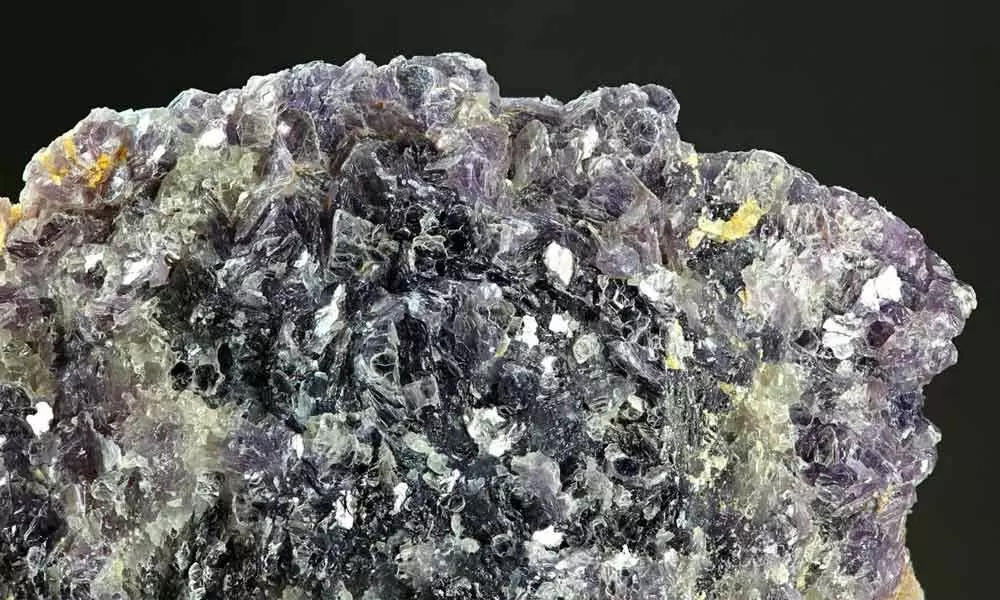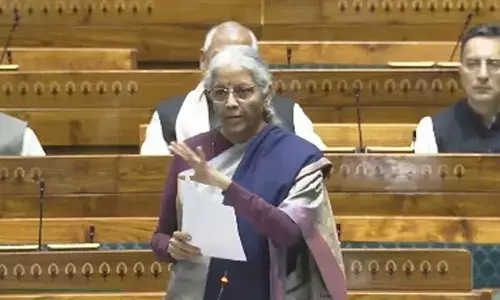GSI stumbles upon lithium reserves in Anantapur

GSI stumbles upon lithium reserves in Anantapur
A Central team visits Dadithota and five other villages in Lingala mandal to study the quantity of lithium reserves
Anantapur: For several months now, an unremarkable patch of earth in the district, located a mere 60 kilometre away from here at Dadithota village in Lingala panchayat under Tadimarri mandal in the district has sent several arms of the Indian government into a tizzy.
Geological Survey of India(GSI) officials had stumbled upon lithium deposits in the district said to be the 6th largest in the country. Rajasthan, Chhattisgarh, Arunachal Pradesh, Jharkhand and Karnataka are the other states where the deposits are in abundance. About 10 villages in the Chitravati Balancing reservoir region face prospects of displacement if the Centre goes ahead with its plan for lithium mining. The lush green area, a horticulture hub is likely to eclipsed if villagers are to be relocated elsewhere.
Lithium and its compounds have several industrial applications, including heat-resistant glass and ceramics, lithium grease lubricants, flux additives for iron, steel and aluminium production and lithium batteries.
The ancient igneous rock deposits in the region (a by-product of large scale volcanic activity in the Deccan plateau millions of years ago) holds the first traces of lithium ever to be discovered in India.
With a potential to produce 66,000 tonne a year of battery-grade lithium carbonate, the Anantapur mine may cause groundwater contamination with metals including antimony and arsenic, according to experts.
On February 18, a Central team visited Dadithota and five more villages in Lingala mandal to study the quantum of lithium reserves and the ramifications of its mining.














